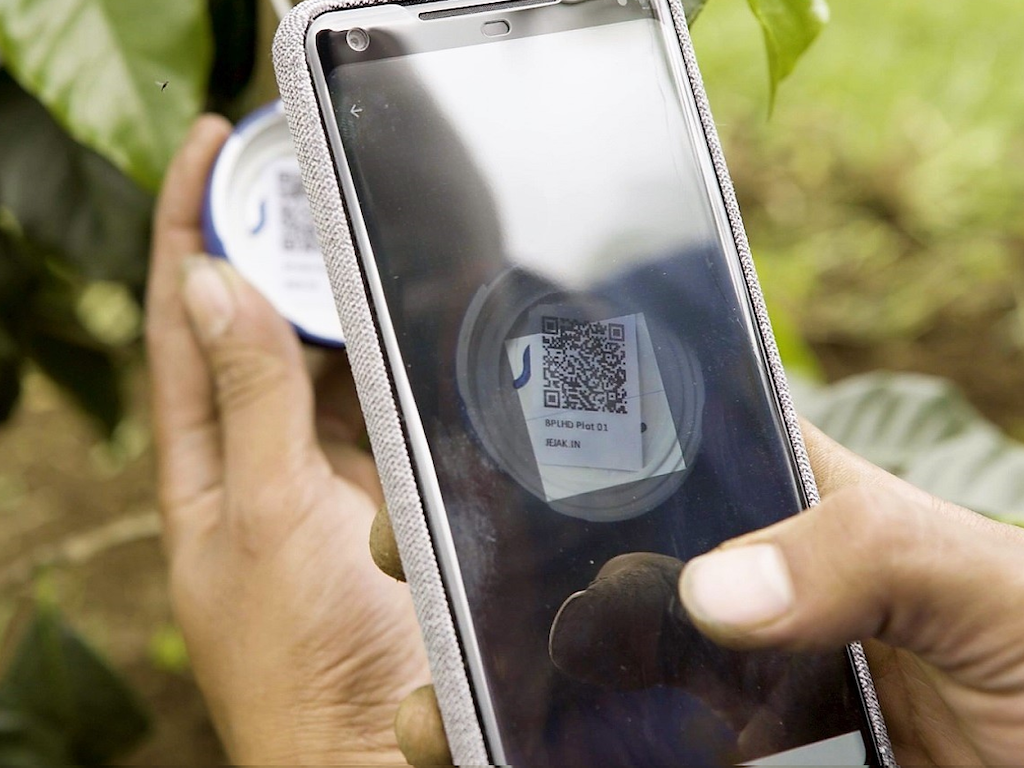3 Mins Read
Once Indonesia’s primary source of water, the Citarum river has now become so polluted it ranks as the “world’s most polluted river” by the World Bank. The scale of pollution is visible in the mounds of garbage, hazardous sludge and dead animals lying in the water. The impact of the contamination runs even deeper – millions depend on Citarum, located just east of Jakarta, for their daily water supply and necessities. In partnership with Microsoft Azure, tree management system Jejak.in hopes to help clean up Citarum with its use of digital technology to measure, monitor and analyse ecological data.
Jejak.in is a tree management system that runs on artificial intelligence (AI) and internet solutions to collect and analyse ecological data supporting President Widodo’s plan to clean up the Citarum river. Widodo has ordered a massive clean up of the river, with a goal to achieve drinkable water by 2025. Already, he has ordered in 7,000 troops to replant forests and clear out the trash. If successful, the project could encourage the return of river water fish species, reduce the risk of floods and landslides, and restore agricultural yields.
Jejak.in operates on the cloud on Microsoft Azure to send information on carbon absorption to forest managers and government regulators. This enables efficient and accurate information to be accessible to all the different parties involved with the clean up project. It also predicts the potential environmental benefits of tree restoration, such as water infiltration, by using real-time image mapping and identification technology. Local communities can also join in the efforts by contributing their thoughts and opinions on the chatbot “Jaki”.
Product advisor for Jejak.in Tito Pratiko said: “The data and analysis are always up to date. It makes the data collection process measurable, well reported and verified.It is [also] not limited to anyone who wants to contribute and monitor.”
The clean up of Citarum is crucial because millions of people rely on the river for their livelihoods, water supply and agricultural activities, despite the level of pollution. The pollution has mainly been driven by industrialisation in recent decades, which transformed riverside towns into hotbeds for textile factories with few operating using efficient wastewater treatment systems. This has meant that despite government regulations requiring proper discharge of waste, a shocking 280 tonnes of contaminated water is poured into the river daily, according to local environmental group Elingan.
Since 2008, the pollution has killed off over 60% of the fish species originally inhabiting the river and has created cascading effects on local communities. Because the river feeds into Indonesia’s largest reservoir Jatiluhur, over 25 million in the country depend on Citarum for water, electricity and irrigation for rice farming.
There seems to be hope for the restoration of the Citarum river with work underway to clear garbage, plant new surrounding trees to revive natural vegetation, and digital technologies to support this process. However, this optimism should still be balanced with the reality that businesses and factories are not being held accountable for using the river as a dumping ground. As long as industries continue to violate environmental regulations without legal consequences, the long-term future of the Citarum river rests on fragile grounds, alongside the communities who rely on it.
Lead image courtesy of Microsoft Asia.



